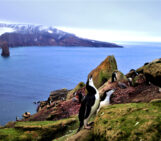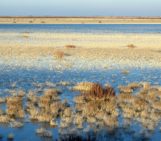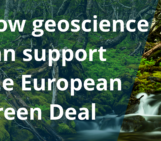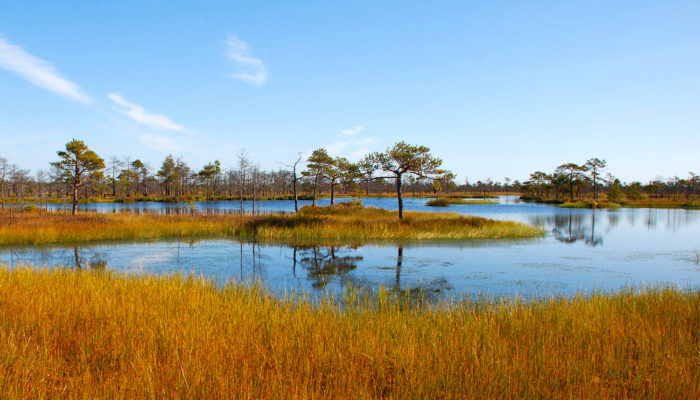
The European Union Green Deal outlines an ambitious plan for turning climate and environmental challenges into opportunities to make the EU’s economy sustainable and make Europe the first climate-neutral continent. This plan covers a wide range of topics such as preventing biodiversity loss, achieving net-zero pollution and making the agricultural industry more sustainable. These topics include specific goals which all require scientific expertise to ensure that they are achievable and addressing the most significant issues.
To propose how EGU and its members can best support this long-term initiative, the Union is organising a virtual science-policy event ‘Integrating science into the EU Green Deal’ on 30 September. The meeting will be hosted by Member of the European Parliament Norbert Lins and run in collaboration with the Secretariat of the European Parliament (EP) Intergroup on Climate Change, Biodiversity and Sustainable Development.
In this blog post I’m going to focus on how EGU members can help support one of the key Green Deal areas:
biodiversity.
Why should we care about biodiversity?
Biodiversity encompasses the variety of living organisms on Earth, identifying their habitats and how they interact with each other. The preservation of this variety is a complex issue with many interdependent factors. For example, even small changes in average annual temperature can significantly impact many ecosystems. Likewise, biodiversity loss affects a range of issues, including carbon storage, soil fertility, food security and even the rate of regional climate change.
Establishing methods of protecting or restoring Europe’s biodiversity could increase food security and build resilience to natural hazards and diseases. The EU has therefore developed a Biodiversity Strategy and set a significant portion of the 25% of the EU budget for climate action to fund its goals of reducing biodiversity loss and support nature-based solutions to climate change.
So, how can European geoscientists support this strategy?
- Provide information to widen Europe’s network of protected areas
The Natura 2000 network is the largest network of protected areas in the world, covering 18% of EU land and 17% of its coastal waters. However, the latest scientific studies suggest this area should cover more than 30% of the continent and its coastal waters to protect and restore natural biodiversity. To build upon the Natura 2000 network, the EU’s Biodiversity Strategy requires guidance on the selection of species and habitats that need to attain ‘favourable status’, meaning the habitat can maintain its species over the long term and the species are a functioning part of the habitat.
- EGU members with the relevant expertise can provide policymakers with insights regarding the importance of various habitats such as forests, wetlands and peatlands, to support their nomination to favourable status.
- EGU members can also provide ongoing analysis of how Natura 2000 has improved both land and marine ecosystems.
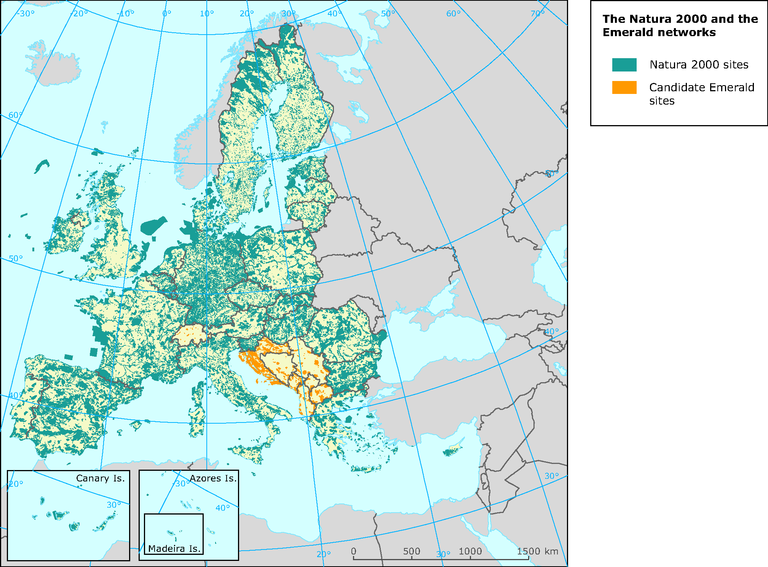
Natura 2000 network (map by European Environment Agency)
- Support the EU Nature Restoration Plan
The 2021 EU Forest Strategy, part of the EU Nature Restoration Plan, will outline a mission for planting at least 3 billion trees in the EU by 2030, as well as setting guidelines for biodiversity-friendly afforestation and reforestation. The Forest Strategy also aims to improve the EU’s capability to manage and predict forest fires as well as other environmental disasters.
- EGU members can use forest ecosystem research to support the development of new guidelines to protect these crucial ecosystems and restore their biodiversity
- Scientists in EGU’s Divisions, such as Natural Hazards and Earth and Space Science Informatics can use their expertise in modelling natural hazards to help to inform the Forest Strategy’s management of environmental disasters.
- Improve information around soil health and fertility
Soils are highly complex ecosystems that are home to a diversity of organisms. In many European regions, however, they have slowly been degraded through human interference such as urbanization, unsustainable farming practices, and/or land-use change. The Common Agricultural Policy, as part of the Farm-to-Fork Strategy, will outline initiatives and reward good practices for improved farming techniques that help restore soil ecosystems. For instance, using satellite data for farm management, including crop-health monitoring and irrigation and soil mapping, have great potential to improve soil management and water-use efficiency. These data will be collected to identify sustainability indicators and define agricultural environmental standards.
- Members of EGU’s Soil System Sciences Division can support and promote better techniques for monitoring and analysing data to develop “smart farming” techniques to enable more sustainable agricultural production.
The EU’s goals of establishing a broader network of protected areas, implementing the new EU Nature Restoration Plan, improving soil health, and tackling biodiversity will all greatly benefit from evidence-based research. The EGU can offer its support and member expertise to EU institutions working on the implementation of many facets of the EU’s Biodiversity Strategy as well as other areas of the Green Deal, including a zero pollution ambition.
To learn more about how the research of geoscientists can be used to promote a cleaner and better future for Europe, please register for the upcoming EGU science-policy event.

